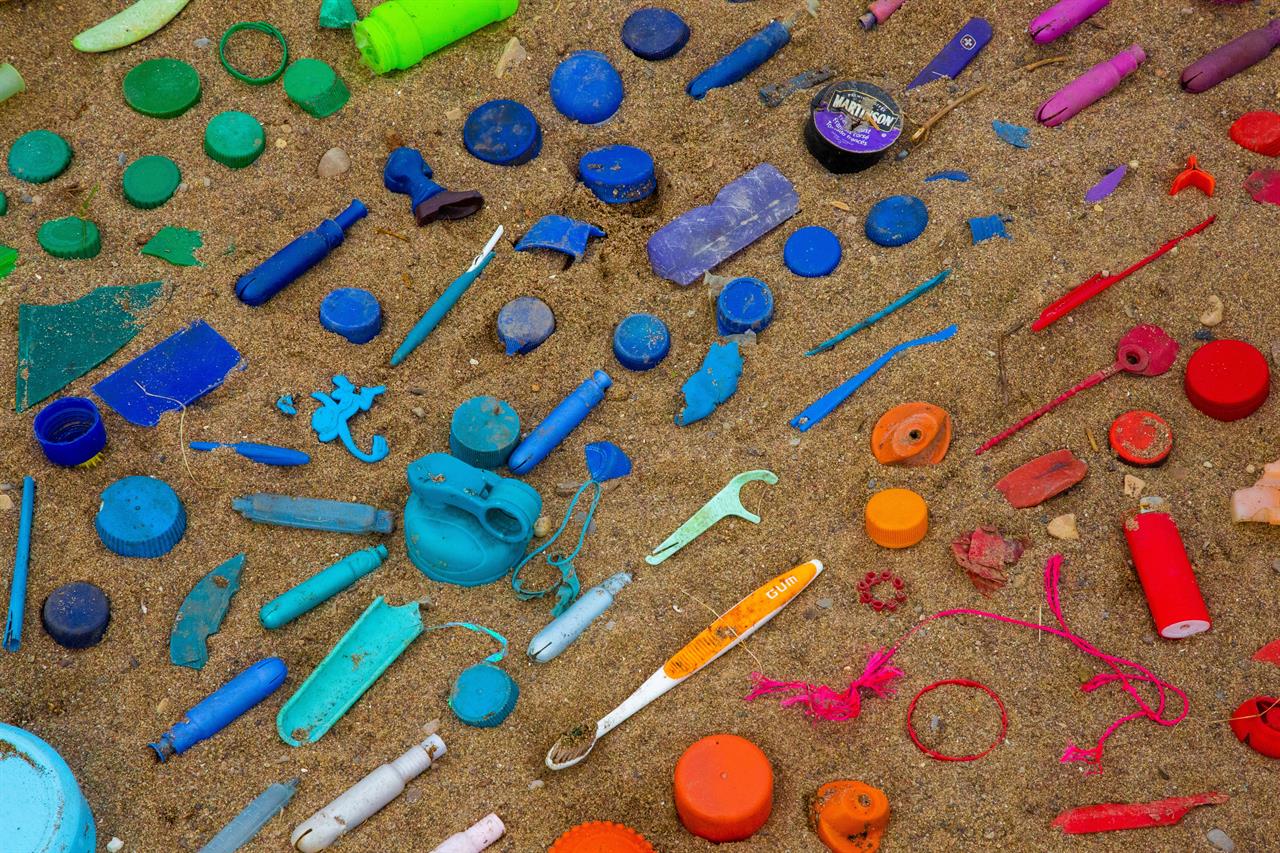Concern is growing among health specialists about endocrine disruptors, compounds not present in nature but now almost everywhere around us, not only in plastic food containers and sportswear, but also in consumer products such as tablecloths, curtains and fabrics for their waterproofing properties. For this reason they decide to take the field and ask for urgent measures to expand the list of prohibited substances.
The appeal comes from the Italian endocrinologists of the Sie, who have decided to sign the petition (you can read it here, with the list of subscribers) of the European scientific society European Society of Endocrinology (here, the page with the appeal and the agenda for the next few months), which has also sent an open letter (here ) to the President of the European Commission, Ursula Von Der Leyen, with the request to update, before the mandates of the current European Parliament and of the Commission expire, the European regulation n. 1907/2006 Reach, an acronym that derives from English and indicates «registration, evaluation, authorization and restriction of chemical substances». More than 300,000 tons are produced each year, 200,000 different compounds, up to 12,000 molecules harmful to health and the environment, with potentially dramatic effects on health congenital malformations, neurodevelopmental or reproductive disorders, tumours, diabetes and obesity as shown also large epidemiological cohort studies. Furthermore, exposure to these substances occurs from intrauterine life and it is known that the so-called “first thousand days” are a critical period, in which the programming of various mechanisms in the body takes place.
Because it’s urgent
We talked extensively about endocrine disruptors and what threat they pose to health in this VITA article (click here). “It is essential that the review is adopted within the current political mandate of the European Commission and the European Parliament. Further delaying the revision of REACH will lead to the persistence of a high level of exposure of the population to so-called endocrine disruptors, i.e. chemical substances capable of altering the function of the endocrine system, with more serious consequences especially for the most vulnerable subjects, such as pregnant women and children” they say Annamaria Colao, president of the EIS and Gianluca Aimaretti, president-elect of the EIS.
Research
Of the many substances we are exposed to on a daily basis, we often ignore the dangers. At the same time, much is still unknown. Answers to still unresolved questions must be found, since often the interferers they are found in mixtureswith a cocktail effect whose effects should be measured, which are also noticeable at levels below those established by the legal thresholds: the prolonged continuous exposures that create an initially imperceptible accumulation whose effects are manifested even many years after the exposure. According to a study funded by the European Union and published in the journal Science, the EDC-MIxRisk study explains «pregnancy exposure to mixes of endocrine disruptors, each of which even below the threshold, increases the risk of neurological deficit in the unborn children causing a delay in speech. The data confirms the importance of learning more about the health effects of these chemicals, of which, for example, we know almost nothing about the consequences on the adrenal system. And again: «Europe has a very advanced regulation and, for example, adequate bans have already been established for bisphenol A for use in many products: the hope is that something similar will soon be achieved also for endocrine disruptors whose risks are already known, such as phthalates or the various substances with an anti-estrogenic or anti-androgenic effect. The substances which, according to a classification produced by the European Union, certainly interfere with the endocrine system are so far 66, while for another 52 there is not sufficient evidence to establish an adequate classification: it is essential to increase knowledge and then act to protect citizens”. .
The industry
Progress and innovation do not stop, new substances will always be produced. Therefore, greater attention is needed, also from the industries: «The hope is that we will continue on the path traced by the Commission with the Strategy on sustainable chemical substances of October 2020, which refers to a production, right from the design phase, that is sustainable and safe for both human health and the environment» conclude Colao and Aimaretti. In September last year, the European Commission has meanwhile launched a public consultation on a draft law that would introduce new hazard classes in the context of the revision of another regulation (EC), the n. 1272/2008, relating to the classification, labeling and packaging of substances and mixtures. In this way, criteria and hazard classes would be added for endocrine disruptors and persistent bioaccumulative and toxic substances.
Photo by Jas Min on Unsplash
